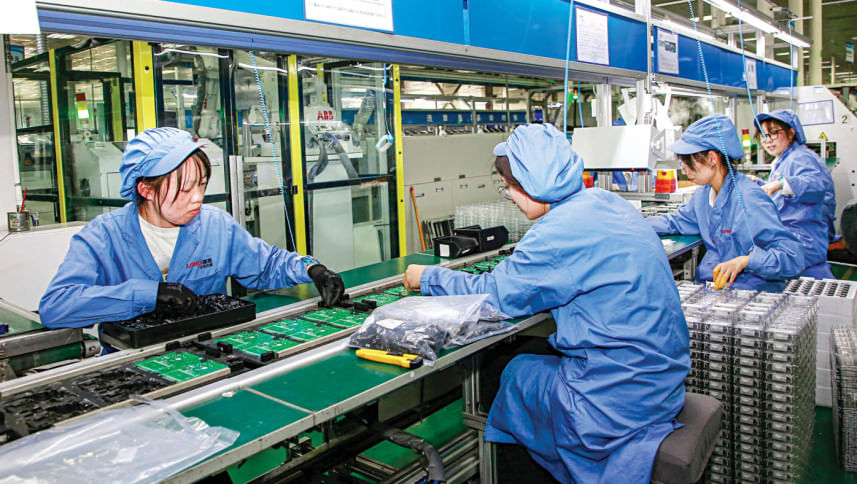China’s half-cooked growth plan is going cold

China's economic planners are at a tricky crossroads. Growth is set to slow in the third quarter as President Xi Jinping's war on overcapacity takes a toll. And various efforts aimed at reinflating property prices have yet to work. While further rate cuts to prop up the rebounding stock market look likely, heading off deflation would require creating sustainable demand. That seems unlikely.
The People's Republic weathered tough headwinds in the first half of 2025 reasonably well, reporting GDP growth of 5.3 percent. Since then, a raft of key indicators has surprised on the downside. Most notably, fixed asset investment fell 5.2 percent year-on-year in July. Barring contractions during the pandemic, that's the biggest monthly decline in over 20 years. Morgan Stanley economists now expect the headline figure to slow to 4.5 percent for the July-to-September period.
Xi is trying to stamp out excessive competition and capacity while soothing tensions with trading partners. The question is whether that represents a structural shift in industrial policy, as happened with his sweeping deleveraging campaign in the real estate sector, which has led to a protracted slump since 2020.
Beijing has rolled out a raft of stimulus policies since last year aimed at reinflating property and stock prices, hoping to create a wealth effect that can spur confidence and consumption. The plan has only half-worked so far. While Chinese stocks have rebounded, with the benchmark Shanghai Composite Index rising almost 30 percent in the past 12 months, policymakers' actions have yet to put a floor on falling home prices.
The People's Bank of China does at least have plenty of room to cut rates. In its latest quarterly report published last week, the central bank again pledged to bring about a "reasonable pace of price growth" by making good use of structural monetary policy tools. Lower interest rates may spur more savers to hunt for yield and invest in the stock market.
Granted, retail sales, which were bolstered by a goods trade-in scheme for the first half of the year, only expanded 3.7 percent in July, the slowest pace since December 2024, as the impact of those policies wears off. Consumer prices remain flat while factory gate prices have contracted for 34 months in a row. Credit demand is also flashing red: net new bank loans in July unexpectedly contracted for the first time in two decades.
Creating sustainable consumer demand can be the most effective way to absorb overcapacity and reinvigorate growth. Perhaps policymakers will put that high on the agenda as they draw up the new five-year plan starting next year. But that's a long time for a stuttering economy to wait.

 For all latest news, follow The Daily Star's Google News channel.
For all latest news, follow The Daily Star's Google News channel. 



Comments